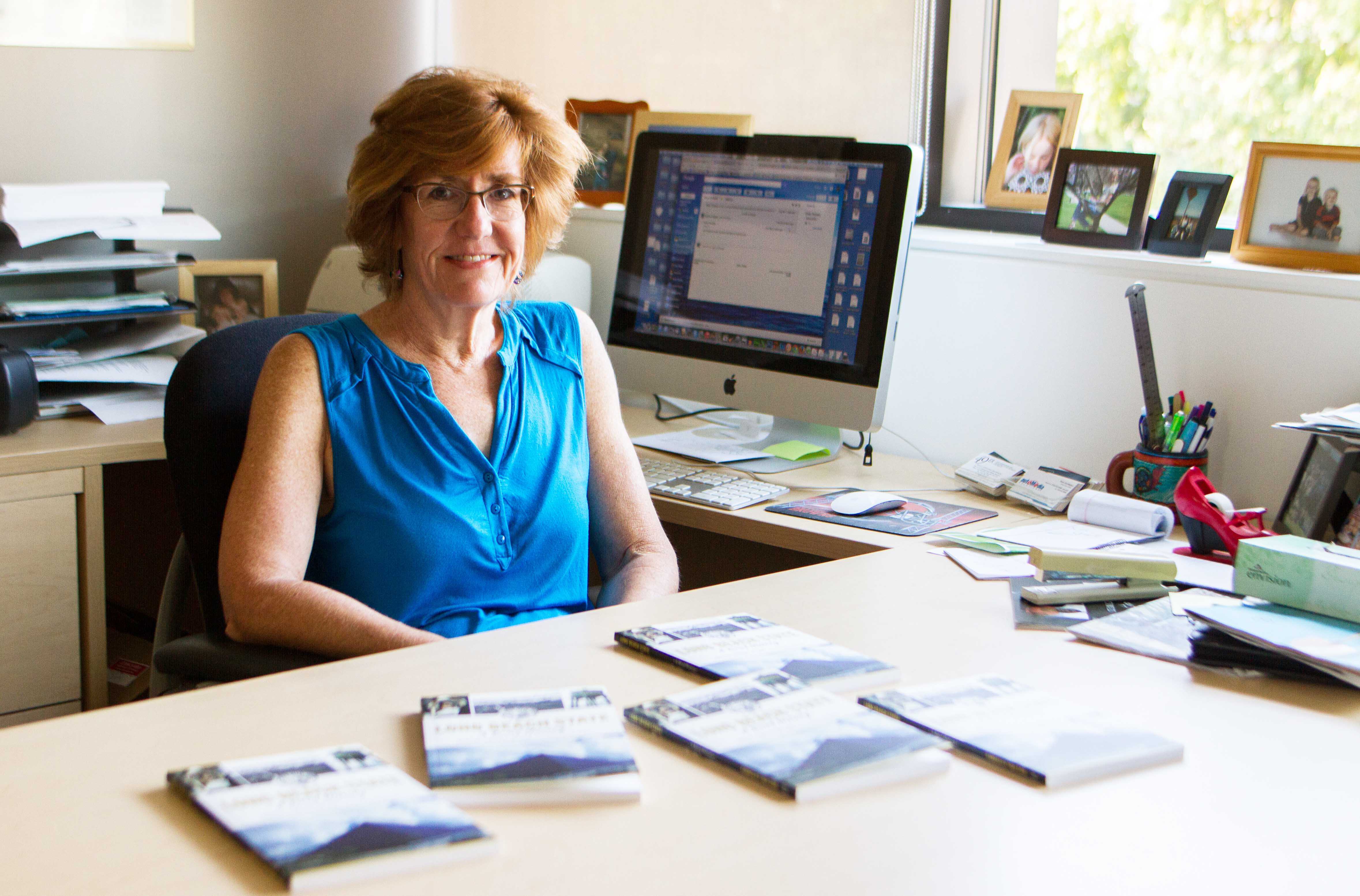California State University, Long Beach journalism professor Barbara Kingsley-Wilson wrote and recently published “Long Beach State: A Brief History.” Through colorful anecdotes and archival photographs, the book chronicles the conception, inception and subsequent growing pains of the now 322-acre campus.
The Daily 49er sat down with Kingsley-Wilson to talk about why and how she put together this history of CSULB.
Q: What compelled you to write a history of the California State University, Long Beach?
I was in the California State University Dominguez Hills library, and there was a sepia-toned history book, and I thought, “Well we must have one, too. We’re bigger and older, like a lot older.” I asked the PR department, and they said there wasn’t a book. So, I thought it’d be interesting to write one.
Q: What special skills did you use in researching and writing this book?
Just reporting stuff. I went through old newspapers, old Daily 49ers and old yearbooks. I went to the campus library and they had a lot of photos, and I went to different offices on campus. I listened to the library’s digital archive online—of the people that helped start the university. And there are other recordings that weren’t online—some of the tapes were so deteriorated that there was nothing left, so it had to be in print. I also interviewed [former CSULB journalism professor] Lee Brown and [former Long Beach mayor] Beverly O’Neal, who was one of the first students.
Q: Was there anybody that you would have loved to talk to that is no longer around?
Yes. I would have loved to talk to the first student body president. And I’m still trying to find him! He’s gone; I know he died in the 90s. He was an African American man in a sea of white faces. I could not find an oral history. I’m still trying to find his relatives. He was voted the first student body president, so, I would have loved to have talked to him
Q: So what the most surprising thing, that you found out while making this?
It’s now an iconic building, but the pyramid was designed by a guy who also designed a music building on campus that collapsed. It was heartbreaking, and it wasn’t totally his fault. There are a lot of stories like that, where people got a new start.
Also, the only reason the university got air conditioning was because of the airport noise. The state said, “You don’t need air conditioning because you’re near the ocean.” But the case was made that the planes were loud.
Q: With a work like this, with so many sources, how do you cobble it all together to make a cohesive narrative?
I was a reporter for many years and always thought I could never write a book, it’s too many words. But you just do one chapter at a time.
Q: What do you see as the benefits of chronicling the history of a university?
You learn lessons that you can take forward so you don’t repeat the same mistakes. I just think it’s interesting. I’d do anything for a time machine to see what it was like in 1949.
Editor’s note: Barbara Kingsley-Wilson is an advisor for the Daily 49er.




